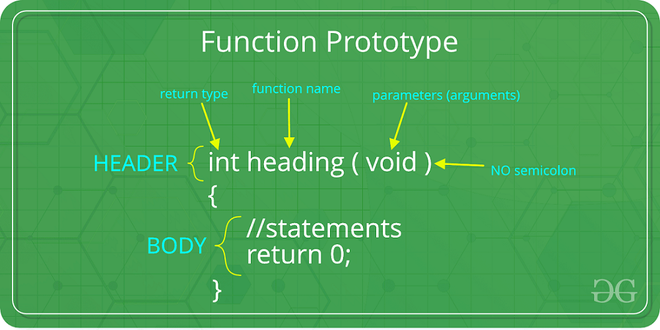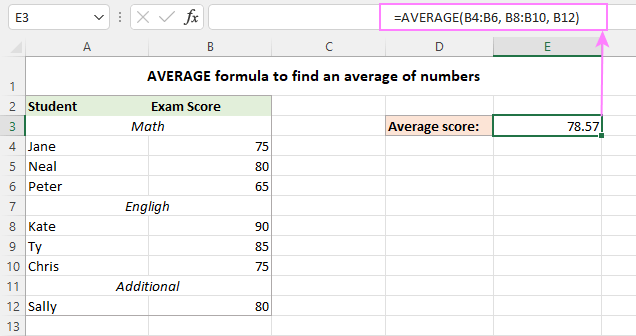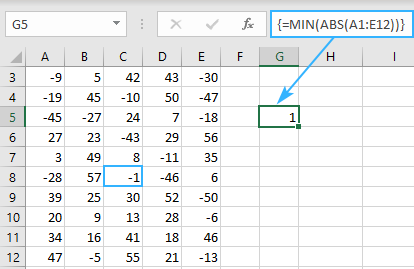1 - What is a Function?
Enroll to start learning
You’ve not yet enrolled in this course. Please enroll for free to listen to audio lessons, classroom podcasts and take practice test.
Interactive Audio Lesson
Listen to a student-teacher conversation explaining the topic in a relatable way.
Introduction to Functions
🔒 Unlock Audio Lesson
Sign up and enroll to listen to this audio lesson

Good morning, everyone! Today, we'll dive into functions in spreadsheets. Can anyone tell me why we might use functions instead of writing long formulas directly?

Maybe because they're faster and easier to use?

Exactly! Functions simplify our calculations. They are predefined formulas that can perform specific tasks. For example, if you want to add a set of numbers, you can use the SUM function.

How do we actually use the SUM function?

Great question! The syntax is `=SUM(A1:A5)` where A1 to A5 are the cells you want to add together. Remember the rule: all functions start with an equal sign.

So, all functions have a specific structure?

Yes, they do! The structure is `FUNCTION_NAME(argument1, argument2, ...)`. This way, using functions becomes a straightforward process.

How will learning this help us?

Understanding functions enhances your ability to manage and analyze data effectively. It saves time and reduces errors in calculations. Let's summarize: functions are predefined formulas that simplify our calculations, starting with an equal sign.
Commonly Used Functions
🔒 Unlock Audio Lesson
Sign up and enroll to listen to this audio lesson

Now that we know what functions are, let’s explore commonly used functions. First, who can tell me what the SUM function does?

It adds numbers in a specific range!

That's right! Now, (`=AVERAGE`) calculates the mean of a set of numbers. Can anyone give me an example of where we might use this?

In a class, we could find the average test score!

Perfect! The average helps us see overall performance. What about the MAX function?

That would give us the highest score, right?

Exactly! And on the flip side, the MIN function gives us the lowest. Lastly, the COUNT function tells us how many numeric entries we have in a range. Why is knowing the count of entries important?

It helps us understand how much data we’re working with!

Great insight! So we have the SUM, AVERAGE, MAX, MIN, and COUNT functions that are essential for data analysis. Let’s recap: these functions serve specific purposes that make our calculations easier.
Conditional Function: IF
🔒 Unlock Audio Lesson
Sign up and enroll to listen to this audio lesson

Lastly, let’s focus on a unique function called IF. Can anyone tell me what this function does?

Does it check a condition and then decide what to do based on that?

Exactly! The IF function checks a condition and returns one value if it's true, and another if it's false. The syntax is `=IF(condition, value_if_true, value_if_false)`. Can you give me an example of this?

Like if a student's score is above 50, then it shows 'Pass’? If not, 'Fail'?

Perfect! That’s a great real-world application of the IF function. It allows for dynamic evaluation of conditions. To summarize, the IF function is critical for logical testing in our spreadsheets.
Recap and Integration
🔒 Unlock Audio Lesson
Sign up and enroll to listen to this audio lesson

Can anyone summarize what we have learned about functions today?

We learned that functions are predefined formulas that make calculations easier, like SUM, AVERAGE, MAX, MIN, COUNT, and IF.

Excellent summary! Functions help us analyze data more effectively. What types of data would you use functions with in your future careers?

In business, analyzing sales data using these functions can be very useful!

Absolutely! Functions are vital in various fields, from education to finance. Let’s remember the key takeaway: functions not only help in performing calculations quickly but also ensure accuracy.
Introduction & Overview
Read summaries of the section's main ideas at different levels of detail.
Quick Overview
Youtube Videos

Audio Book
Dive deep into the subject with an immersive audiobook experience.
Definition of a Function
Chapter 1 of 1
🔒 Unlock Audio Chapter
Sign up and enroll to access the full audio experience
Chapter Content
A function in a spreadsheet is a predefined formula that performs a specific task. Instead of writing long formulas, you can use functions to perform calculations quickly and accurately.
Detailed Explanation
A function in a spreadsheet is essentially a tool designed to simplify your calculations. Instead of having to write out a complex formula each time you want to perform a calculation, you can use a function that has already been defined. This not only saves time but also reduces the chance of errors in your calculations.
Examples & Analogies
Think of a function like a microwave oven. Instead of starting from scratch to cook a meal, you use predefined settings to quickly achieve your desired dish. Just like the microwave has specific settings for various foods, functions have been created to help with specific calculations.
Key Concepts
-
Functions: Predefined formulas that simplify calculations in spreadsheets.
-
SUM: Function that adds values in a specified range of cells.
-
AVERAGE: Function that calculates the mean of numeric values.
-
MAX: Function that identifies the largest value in a set.
-
MIN: Function that identifies the smallest value in a set.
-
COUNT: Function that counts numeric entries in a range.
-
IF: Conditional function that determines outcomes based on evaluating true/false conditions.
Examples & Applications
Use =SUM(A1:A10) to add all numeric values from cells A1 to A10.
The formula =AVERAGE(C1:C10) calculates the average of the numbers in cells C1 through C10.
Memory Aids
Interactive tools to help you remember key concepts
Rhymes
When you want to sum, just take a look, with =SUM you’ll find, it’s like a math book!
Stories
Imagine you have a fruit basket, and you want to count your apples, bananas, and oranges. Instead of counting each one, you use functions. =SUM gives you the total count of all the fruits!
Memory Tools
Use the acronym F.A.M.S.C for Functions: F for Function name, A for Arguments, M for Max, S for Sum, and C for Count.
Acronyms
I use the acronym S.M.A.C to remember functions
for SUM
for MAX
for AVERAGE
for COUNT!
Flash Cards
Glossary
- Function
A predefined formula that performs a specific calculation in a spreadsheet.
- SUM
A function that adds the numbers in a specified range of cells.
- AVERAGE
A function that calculates the arithmetic mean of a set of numbers.
- MAX
A function that returns the largest number in a set of values.
- MIN
A function that returns the smallest number in a set of values.
- COUNT
A function that counts how many numeric entries are in a specified range.
- IF
A conditional function that returns one value if a condition is true, and another if false.
Syntax of a Function
- =: Indicates the beginning of a formula.
- FUNCTION_NAME: Represents the specific operation to be performed (e.g., SUM or AVERAGE).

- Arguments: These are the data points or cell references the function will use.
Commonly Used Functions
- SUM: Adds numbers in a range of cells, e.g.,
=SUM(A1:A5). - AVERAGE: Calculates the mean of a group of numbers, e.g.,
=AVERAGE(B1:B5).
- MAX: Returns the largest number in a set, e.g.,
=MAX(C1:C10).
- MIN: Returns the smallest number in a set, e.g.,
=MIN(D1:D10).
- COUNT: Counts the number of numeric entries in a range, e.g.,
=COUNT(E1:E10).
- IF: Checks a condition and returns custom values based on its truthfulness, e.g.,
=IF(A1>50, "Pass", "Fail").
Understanding these functions is crucial for effective data analysis and manipulation in various fields.
Reference links
Supplementary resources to enhance your learning experience.
